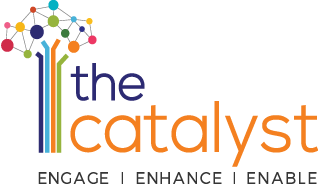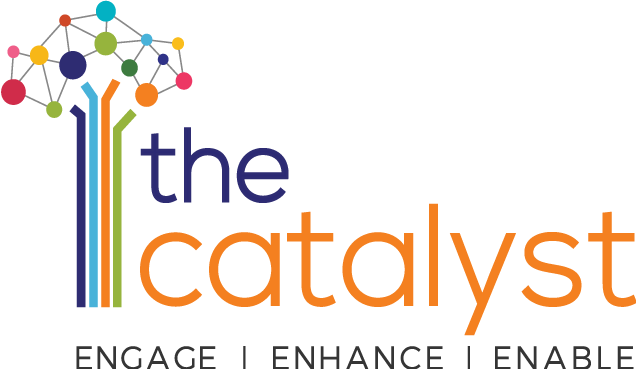Resilience is the ability to withstand adversity and bounce back from difficult life events. Being resilient does not mean that people don’t experience stress, emotional upheaval, and suffering. Some people equate resilience with mental toughness, but demonstrating resilience includes working through emotional pain and suffering.
There are 4 elements to resilience – physical, emotional/mental, inter-personal and spiritual. Each elements is equally important but which one are you already strong at?
Take a Free Assessment

Resilience Domain Assessment

Influencing Style Assessment
Research, started in the 1970s and built upon since, has enabled business leaders to master, for example, influencing and persuasion, by learning the skills underpinning the two most common persuasion styles: Push and Pull. These two styles are behaviourally distinctive and each is appropriate for different situations. Both styles have their own merits and demerits and if you are looking to become better at influencing others, the starting point is to know your natural preference and strengths,.
Do you want to know which one of these styles is natural to you?

Time Management Styles Assessment
A lot of us struggle with time and task management and that could be to do with our preferences and limitations in our working styles. Let’s try and see some limiting time management styles which could be impacting us.
Firemen: Those who keep flitting between one task to another and treat each task with the same level of importance and urgency and tend to get lost in a flood of tasks
Overcommitters: They find it difficult to say not and may commit to doing things that are out of their work area to others and in the process take too much on their plate.
Laid back persona: Those who start work at the last moment, either due to an attitudinal issue or due to a long set habit or due to an inability to break a large goal into small parts and get started.
Chatty Kathy – Those who have a huge preference to ‘talk’ rather than ‘do’ and find it difficult to keep focused on their work for long periods of time.
Perfectionist – Those who over-tax themselves and others in their team to deliver perfect work each and every time and in the process, work may end up being delayed.
Do you want to know which one of these styles is holding you back?

Creativity Roles Assessment
Creativity is not reliant on a brilliant flash of insight, a “Eureka!” moment where it seems the only sensible thing to do is run with the idea. You can approach creativity systematically and one method is Roger von Oech’s “4 Roles of Creativity.” There are four distinct roles to be performed for the creative process to be as effective as possible. Each one requires that you play different characters, with different mindsets and skills
- The Explorer’s job is to collect the raw material for creativity. He is constantly asking questions, talking to different people, and processing as many inputs as possible.
- The Artist takes the raw material from the Explorer and combines it in new and interesting ways. He’s playful and imaginative with no concerns about judging the quality of what he’s creating.
- The Judge takes the Artist’s ideas and determines if they’re practical. He thinks critically and realistically about what can actually be done.
- Finally, the Warrior takes an idea the Judge has determined worthy and tenaciously follows it to completion. The Warrior’s job is to overcome resistance, be courageous, and ship the idea.
Do you want to know which role you are best at?
Take our assessment here to understand which role comes most naturally to you.

How change oriented are you?
Whether we like it or not, change will be a part of our lives. We either adapt and evolve with it or resist and languish. A change-oriented leader/ manager tries to promote exploration of new and better ways of doing things, or trying to uncover hidden potential in people, things or situations. This helps them create a better future in the midst of uncertainty and ambiguity. They are also experimenters who do not shy away from failures, infact they learn from experimentation to find where new potential lies. This means that some of their initiatives succeed, but others fail, and they find each of them equally fulfilling.
Are you aligned with change processes? What barriers hold you back from embracing change?
How change oriented are you in your personal and professional life? Click here to take our assessment and find out.

What is your preferred thinking style?
Our innate preferences and our early experiences both have a great impact on our thinking styles, and our thinking style impacts the way we approach problem solving and decision making on an everyday basis. Leaders often assume the people they work with think the same way they do – and that’s just not true.
When you take the time to understand what kind of communication helps other people thrive, how they best like to express their ideas and what tendencies they have in their thinking, you can maximise the potential of every single one of your employees and stakeholders.
Do you have a preferences for having a people focused or data focused approach in your thinking? Do you have a preference for having a logical or intuitive approach in your thinking? To find out, take our thinking style assessment here.
Connect with us
SEARCH
Get a call back
THE CATALYST BLOG
SUCCESS STORIES
CONNECT WITH US
- D-257, Sector 47, Noida - 201301, Uttar Pradesh INDIA
- 91-9873806005
- info@thecatalyst.co.in
- https://www.thecatalyst.co.in




